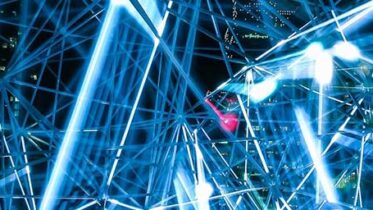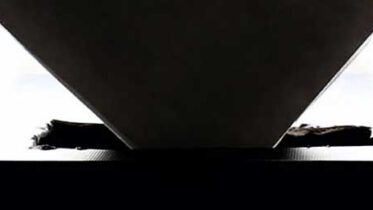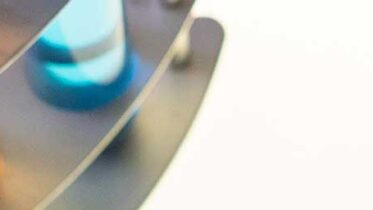Computer-implemented inventions in Brazil
- 06 May 2015
- Articles
Currently innovation is closely associated with computing and information technology. The growth of microelectronics, telecommunications and nanotechnology, among others, led to a paradigm shift in all sectors, from production to services, which has not always been accompanied by a change in Intellectual Property protection legislation.
In this regard, on March 2012 the Brazilian Patents and Trademarks Office (BPTO) held a public consultation on examination guidelines related to computer-implemented inventions. Such consultation has become, on July of that year, a document that solidifies the procedures for examination of patent applications related to this type of technology. To start a deeper analysis of this document, it is first important to remember that the Brazilian Industrial Property Law (BIPL 9279/96) clearly states in its Article 10 that computer programs themselves are not patentable. Thus, it is necessary to clearly define what are the technologies that may be protected, given the limitations set forth in the Law.
Exactly this is the beginning of the debate in such a public consultation, in which the PTO determined that the computer program itself refers only to the literal elements of creation, such as source code, understood as an organized set of instructions written in natural or coded language.
Moreover, we must also remember that Article 9 of the BIPL provides that utility models should refer to objects of practical use, presenting new shape or arrangement that result in functional improvement. In this regard, computer-implemented inventions must always be related to the category of Invention Patent, not Utility Model Patent. Obviously, such interpretation fits the current international standards, and is aimed to a unification of procedures with a system similar to the European.
Nevertheless, it is important to remember that any Patent of Invention must produce a technical effect that solves a problem. The BPTO sets some examples of technical effects achieved by inventions implemented by computer program itself, as optimization (execution time, hardware resources, memory usage, access to a database), interface improvements with user (not merely aesthetic), file management, data switching, among others. However, such effects must be due to changes in the method, not only the source code, or the creation will not be considered invention.
An analysis of the last Technical Opinions from the Examiners of the BPTO makes clear what are the likely elements of patent protection for computer-implemented inventions. Methods that are based on algorithms are patentable, since the steps of such methods are clearly described. Moreover, means plus functions are patentable if they are presented clearly and accurately. Even bonuses and awards are cited, which could fit the application in financial or business methods, but such a restriction was not indicated when at no time there are defined monetary awards.
Nonetheless, it can be seen from the BPTO opinions that there is still some resistance from the Examiners to the examination guidelines discussed here. However, the coordination of the electrical and electronics area has been working for a unification decisions around the guidelines, which certainly directs the Brazilian patent system in the direction of similar European patent system. Obviously, the BPTO will not allow in the near future in the use of source code in the claims as the American system, since the LPI is clearly prohibitive in this regard.
Such a unification-making is slow, particularly due to the backlog in applications for analysis of this area. However, it is clear already the harmonization regarding the definition of the restrictions determined by Article 10, that the language that defines that computer programs themselves are not patentable is intended only to source code and programming language, and not to the methods and systems from them derived.








